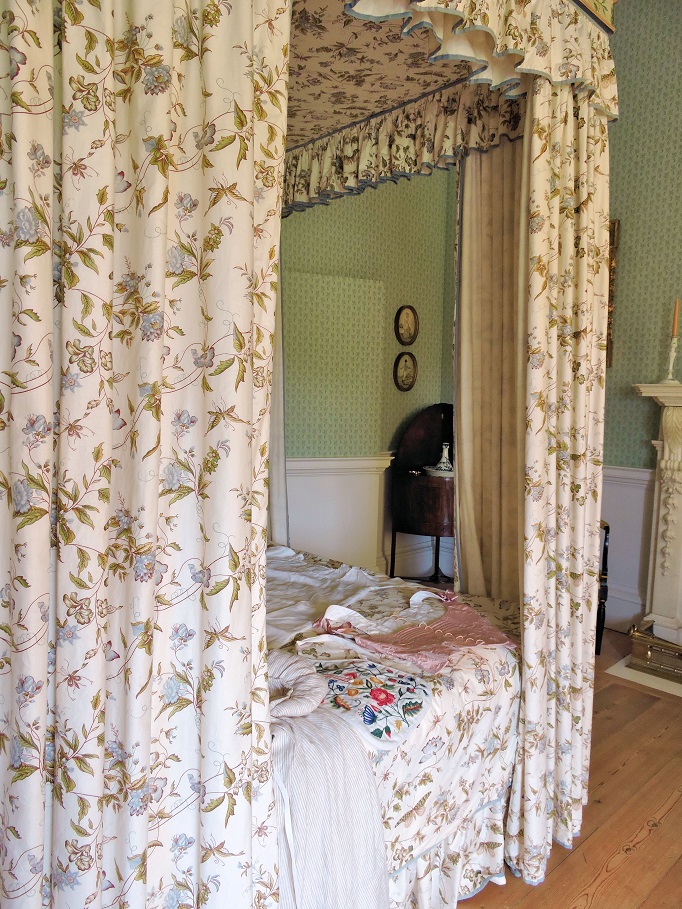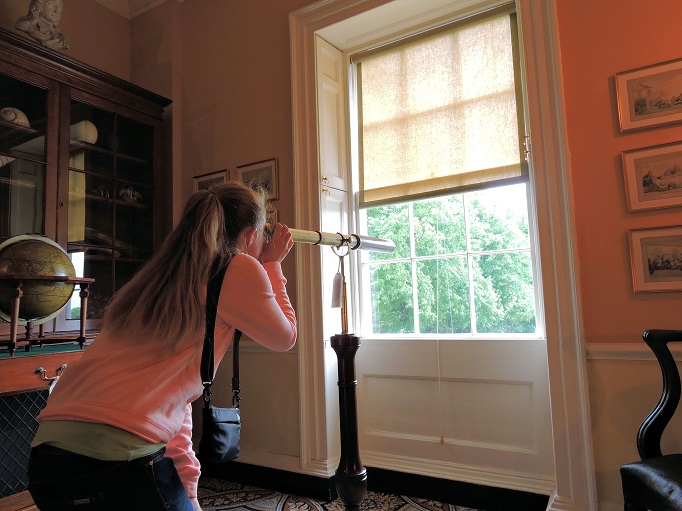Bath, located in Somerset, is only an 80 minute train ride west of London. The cobbled streets and golden limestone buildings make the world heritage site of Bath an extremely lovely town to walk through.
As one strolls through the town of Bath there are several sights and places one might stop along the way. A good place to start might be Bath Abbey, located in the heart of the city, a few blocks north of the train station.
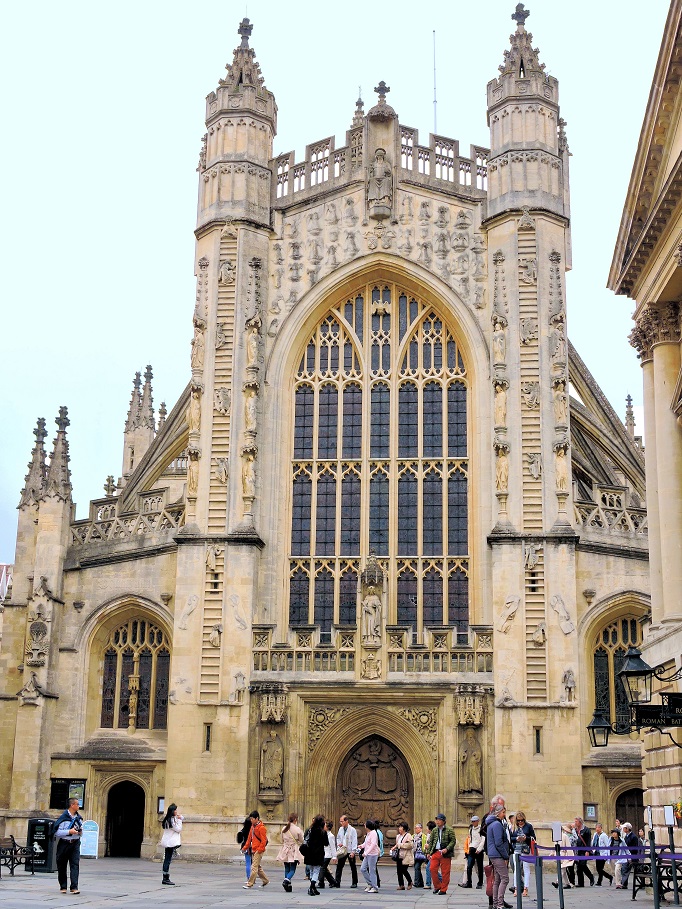
Bath Abbey:
Bath Abbey is a beautiful medieval church with gothic architecture. Founded in the 7th century it was rebuilt more than once with the beginnings of the current Abbey dating to 1499. Located in front of the Abbey is a little plaza where musicians often perform. On the left side (if facing the Abbey) of this small square are a couple cafes with outdoor seating. It’s a lovely spot to enjoy a refreshing drink. To the right of this square are the Roman Baths.
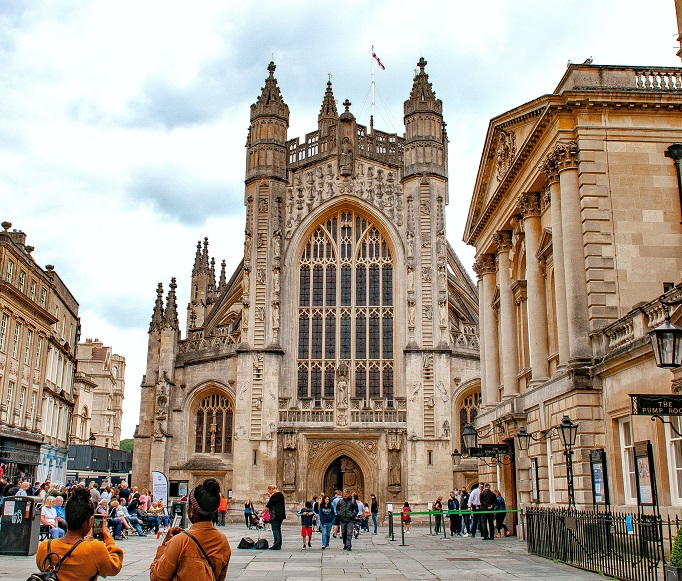
The Roman Baths:
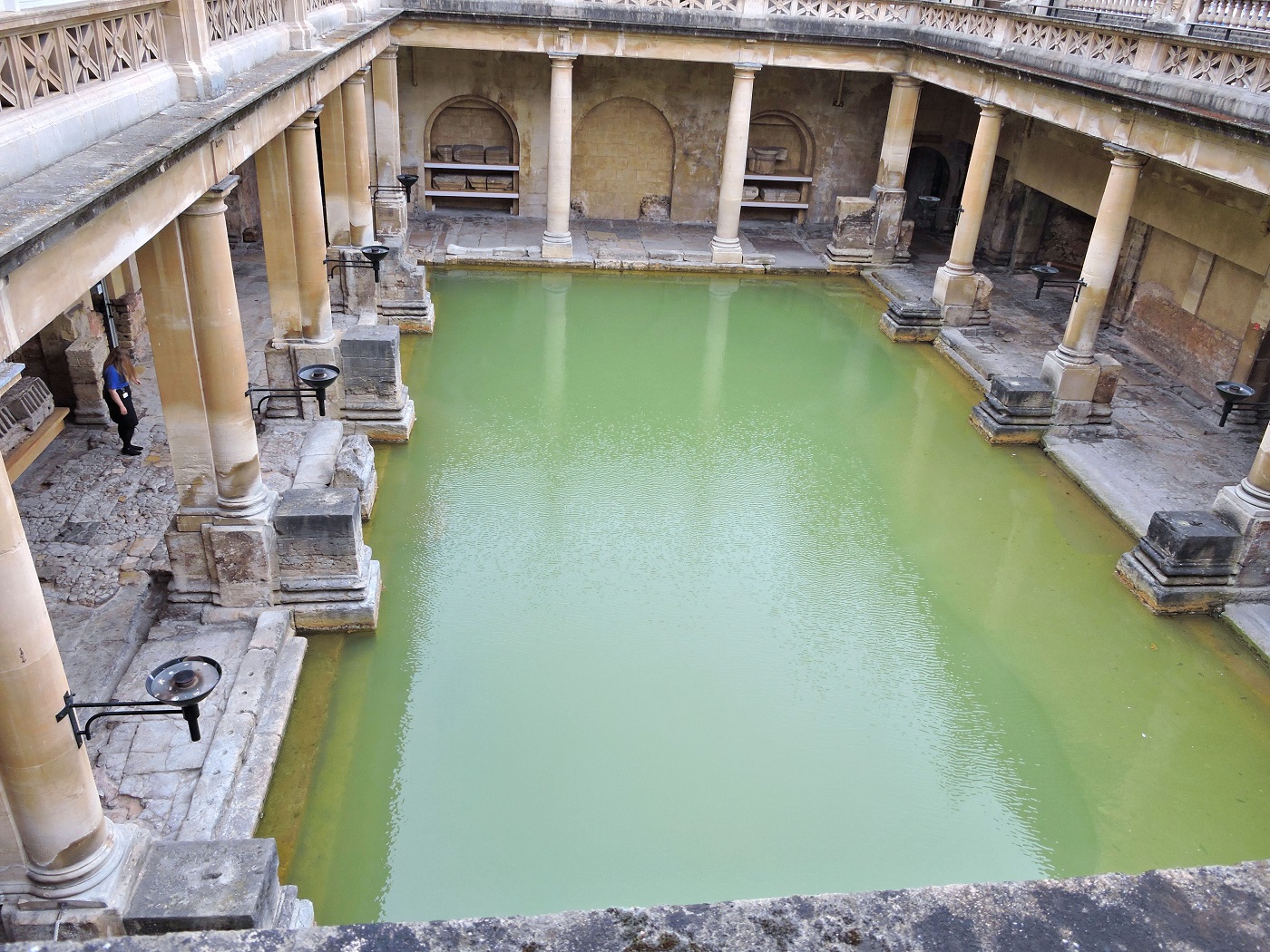
The Roman Baths are built around a natural hot spring. They consist of a bath complex, the ruins of a temple to Sulis Minerva, and a modern day museum, all of which are wonderfully put together. The Roman bath complex and temple date from around 70 AD, though evidence shows a Celtic site likely existed around the spring prior to the Roman one. While visiting one can view the great bath, plunge pools, sauna rooms, and the sacred spring, which in the 12th century was subsequently turned into the king’s bath. One can also see the ruins of the Sulis Minerva temple and its courtyard via a suspended walkway. The Romano British goddess Sulis Minerva was a combination of the Celtic goddess of healing, Sulis and the Roman goddess Minerva, (known as Athena in the Greek pantheon).
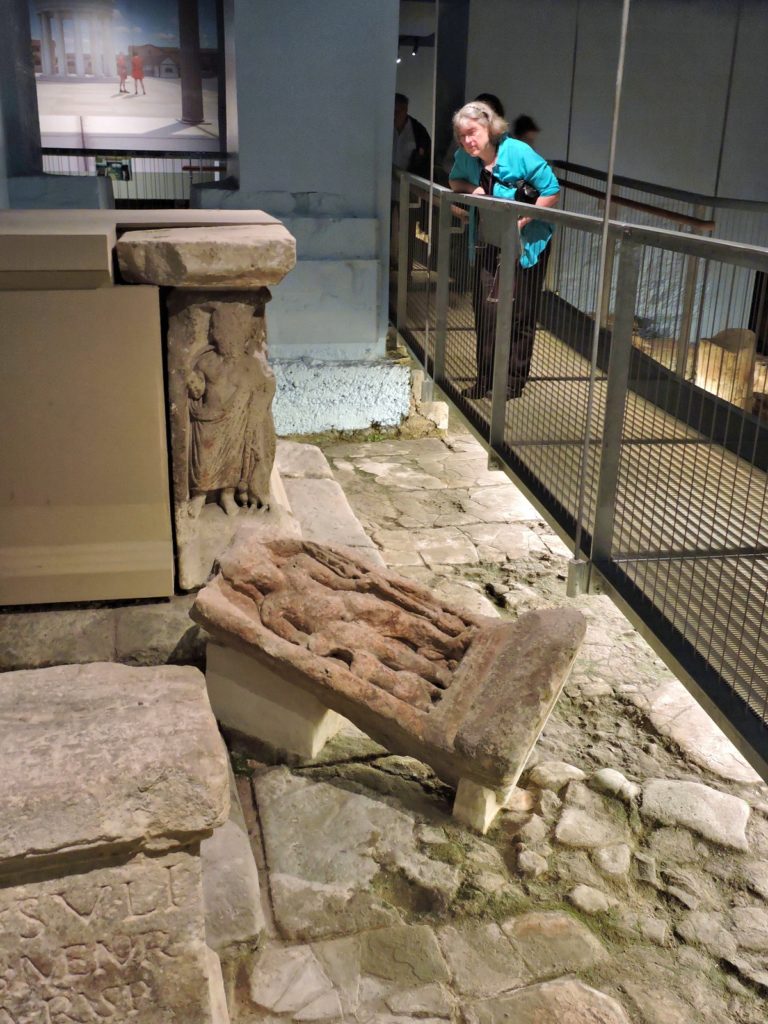
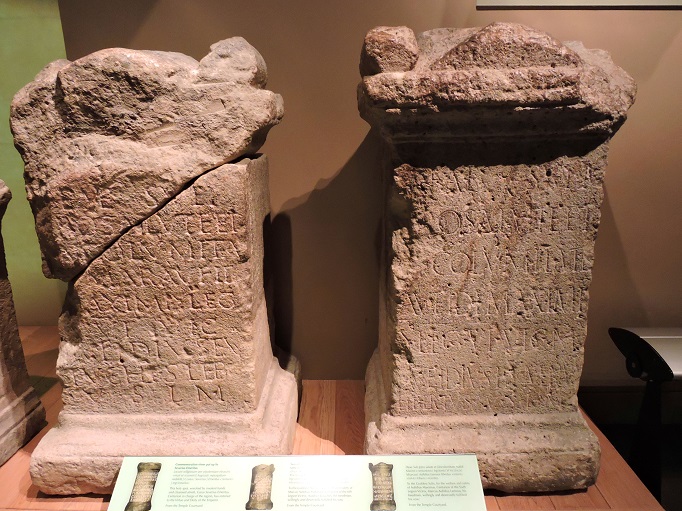
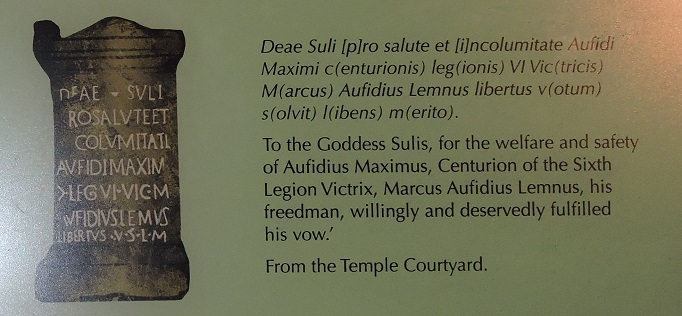
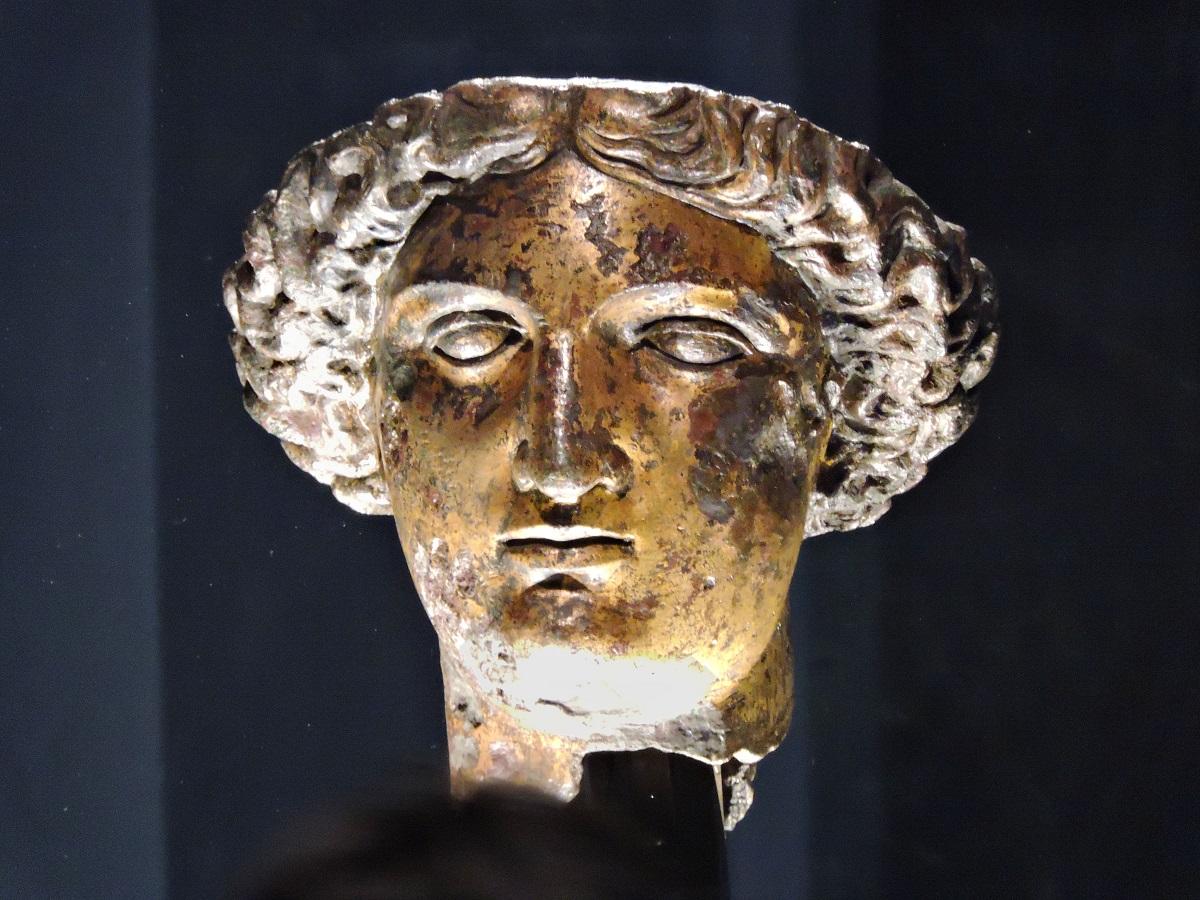
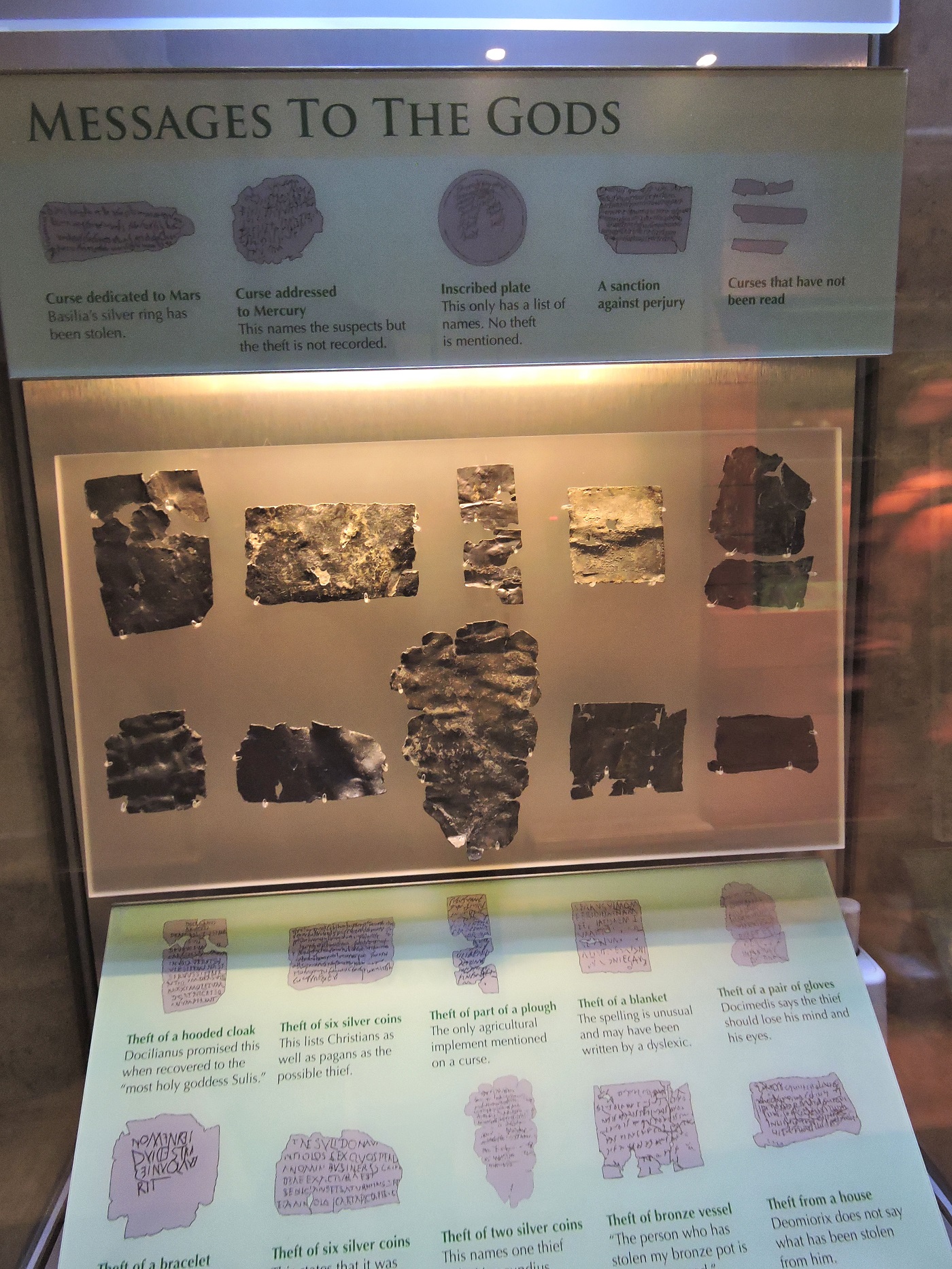
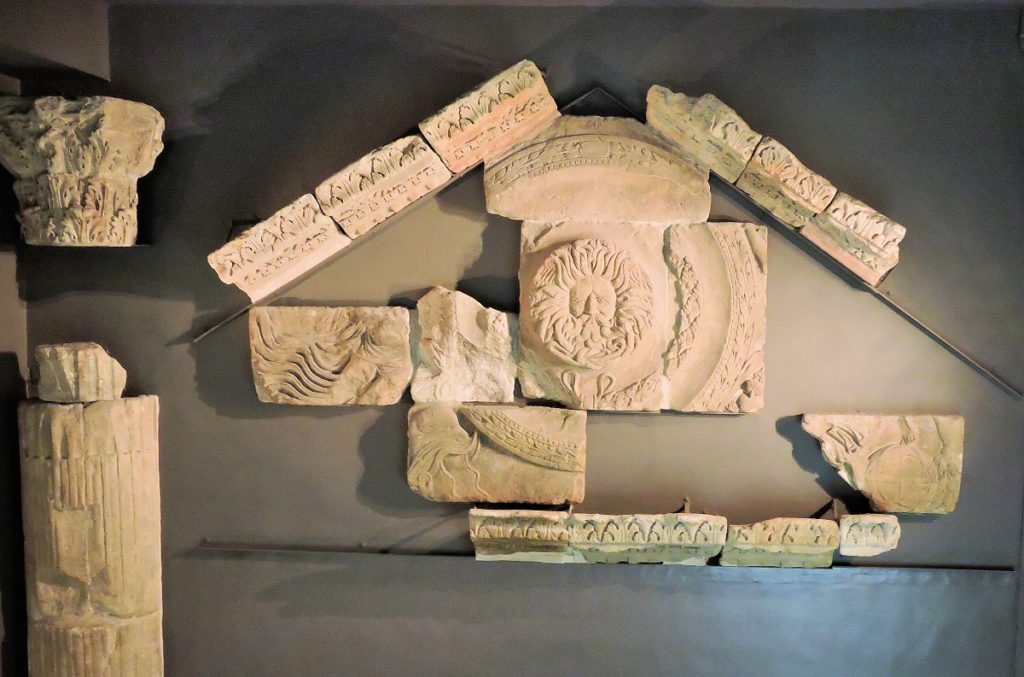
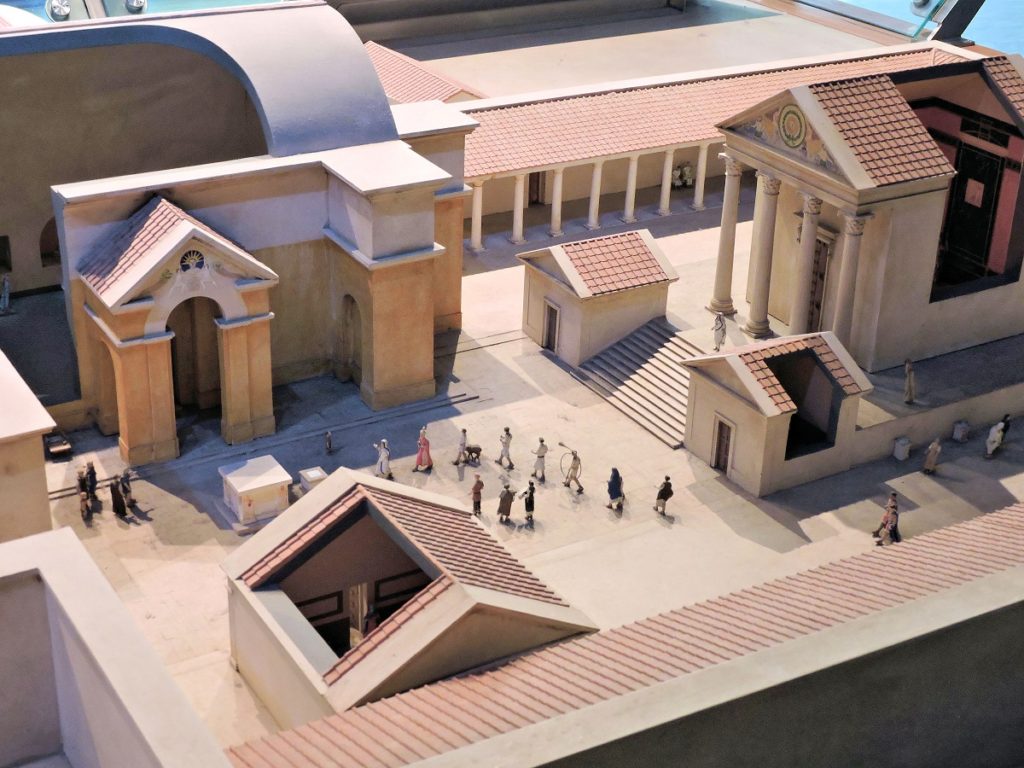
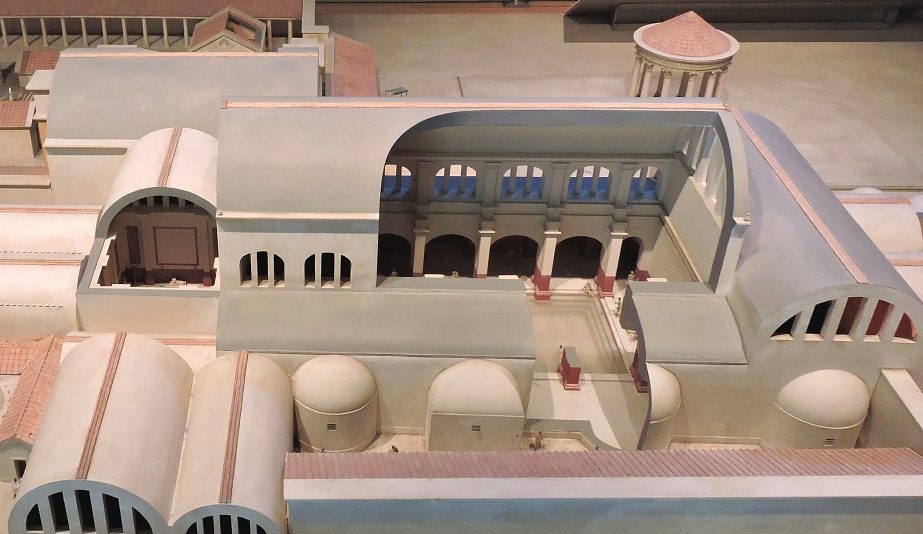
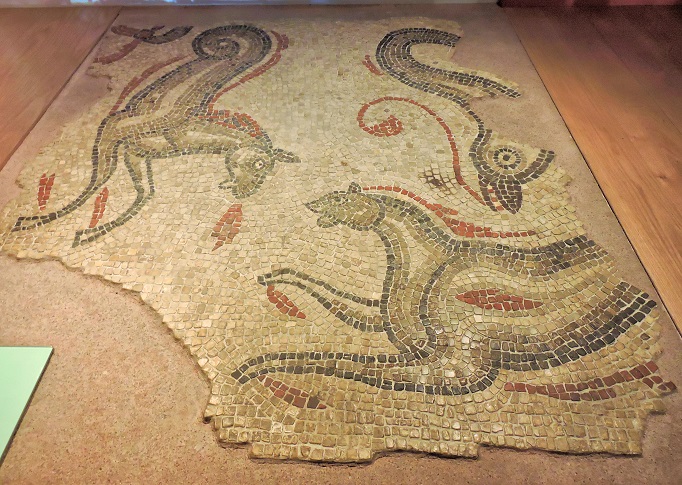
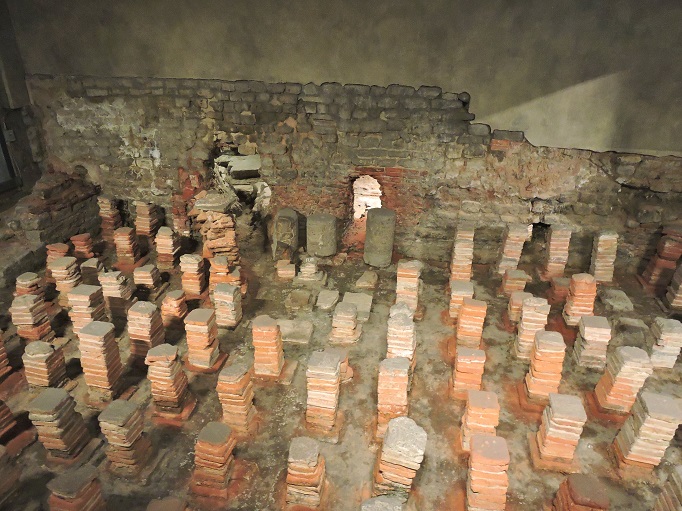
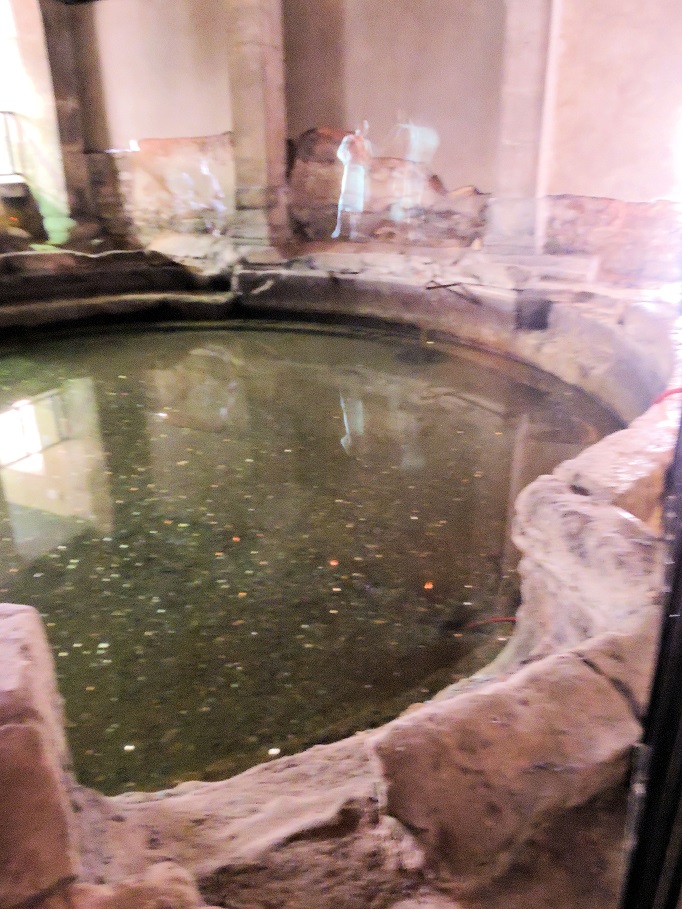
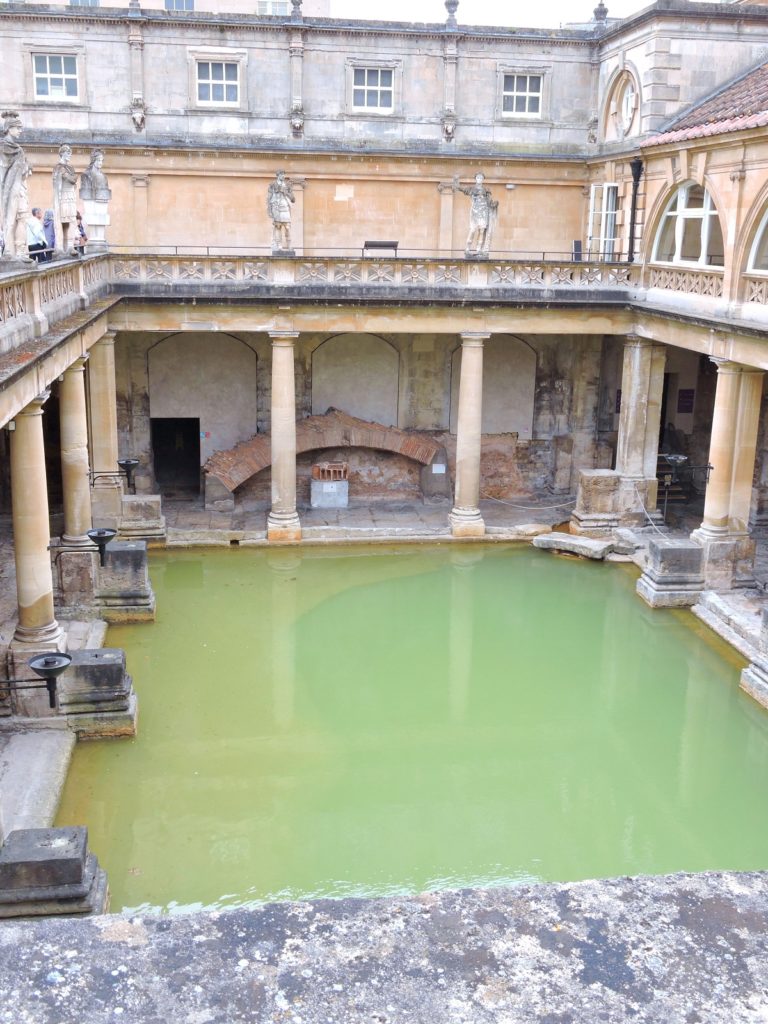
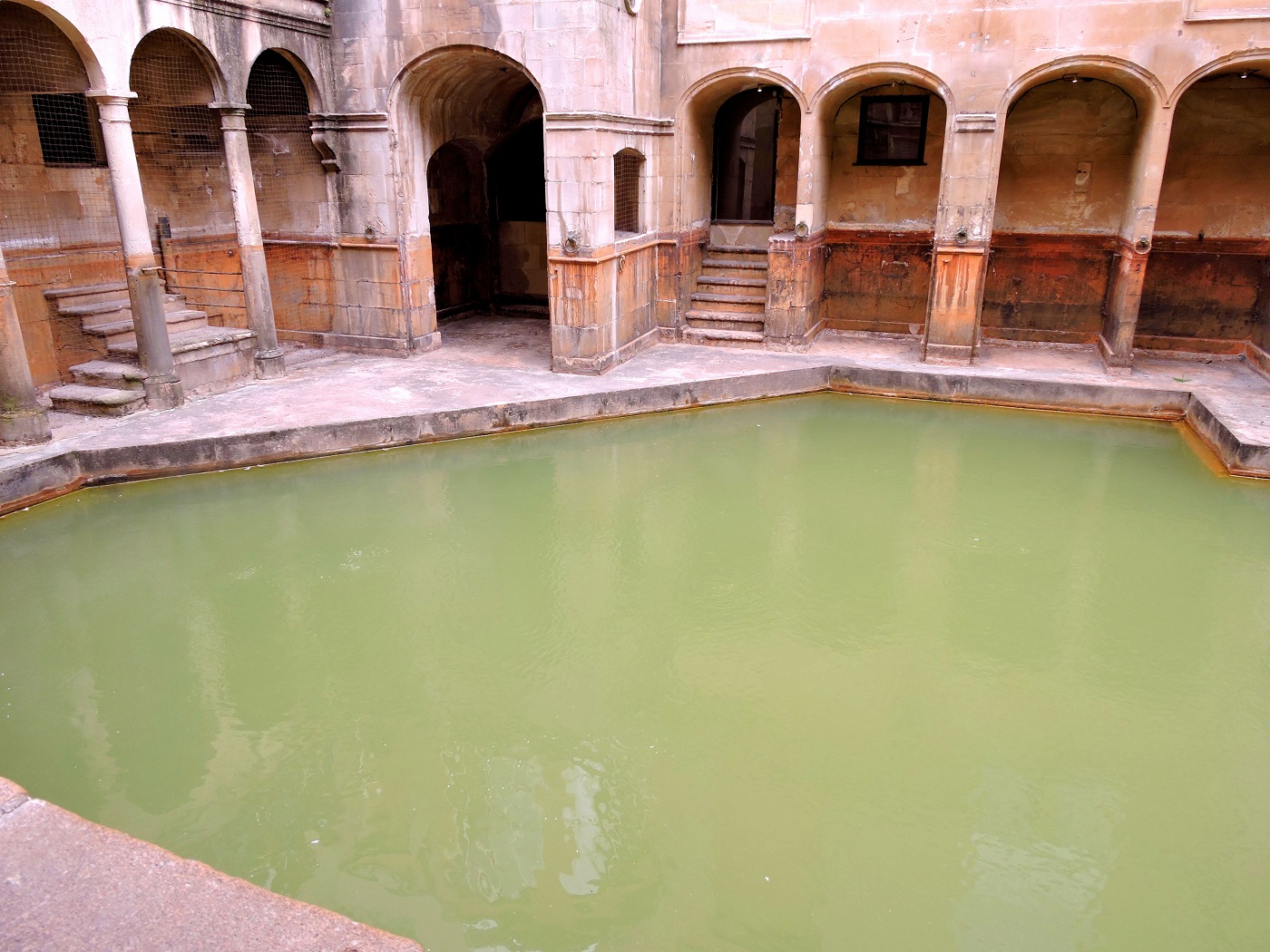
The River Avon & Pulteney Bridge
Continuing on from Bath Abbey’s churchyard square, walking just one block northeast, one reaches the River Avon and it’s lovely crescent shaped weir, (a very low dam used to change the height of the river and to control it’s flow.) A wonderful array of restaurants can be found on both sides of the river here. On the west side of the river are the Parade gardens, and crossing over the river is the scenic Pulteney Bridge. The Palladian style Pulteney Bridge, (Palladian style meaning to be derived from and inspired by the Venetian architect Andrea Palladio) was completed in 1774 and is apparently one of only four bridges in the world with shops all the way across both sides.
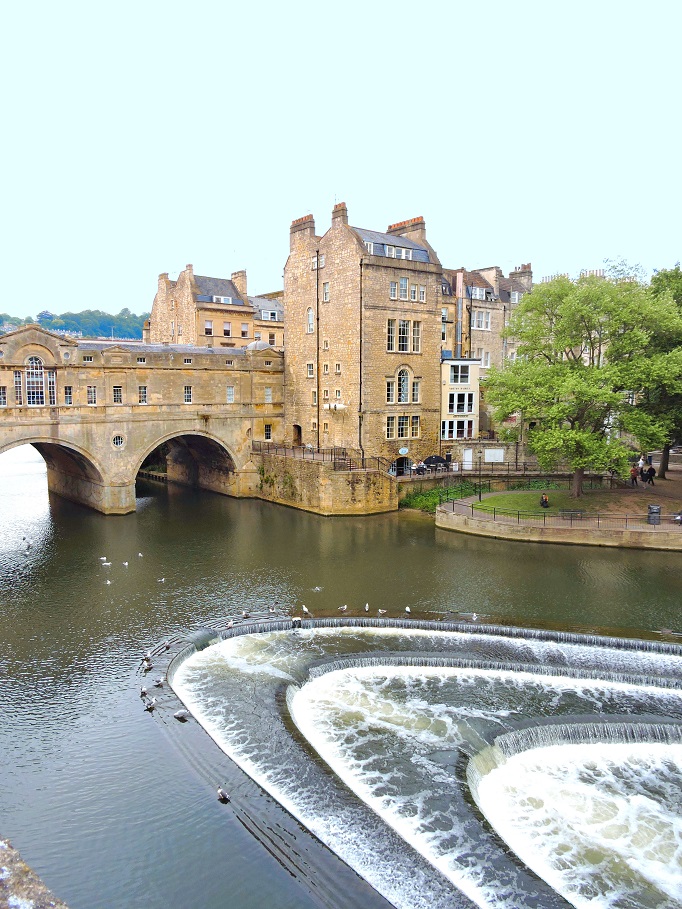
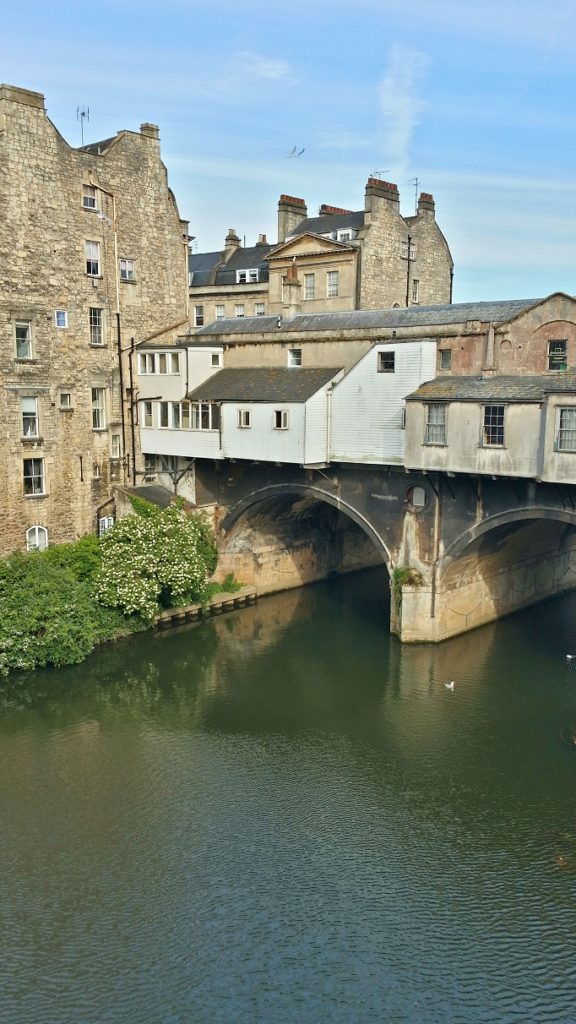
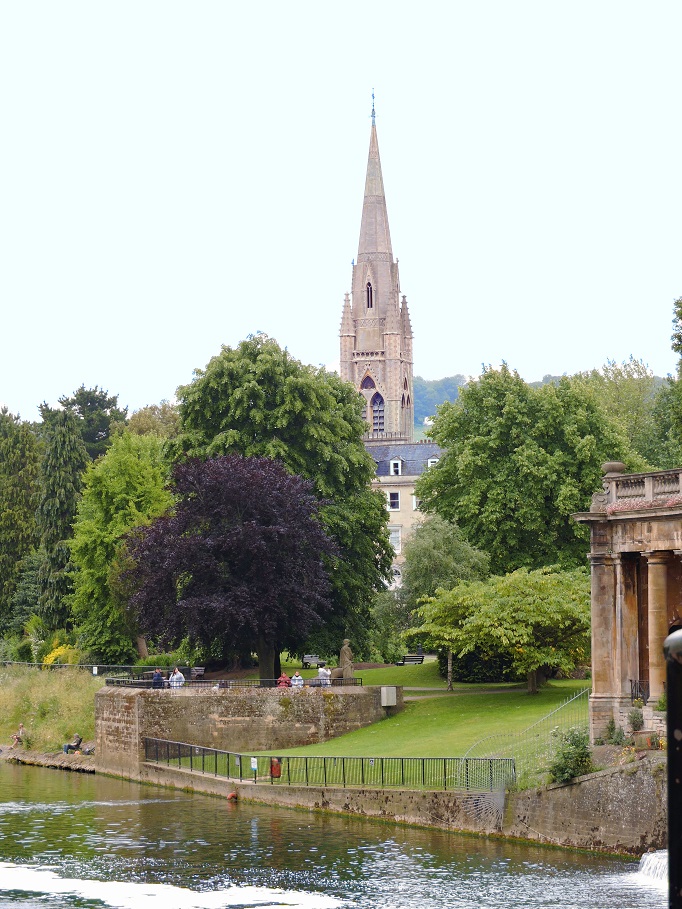
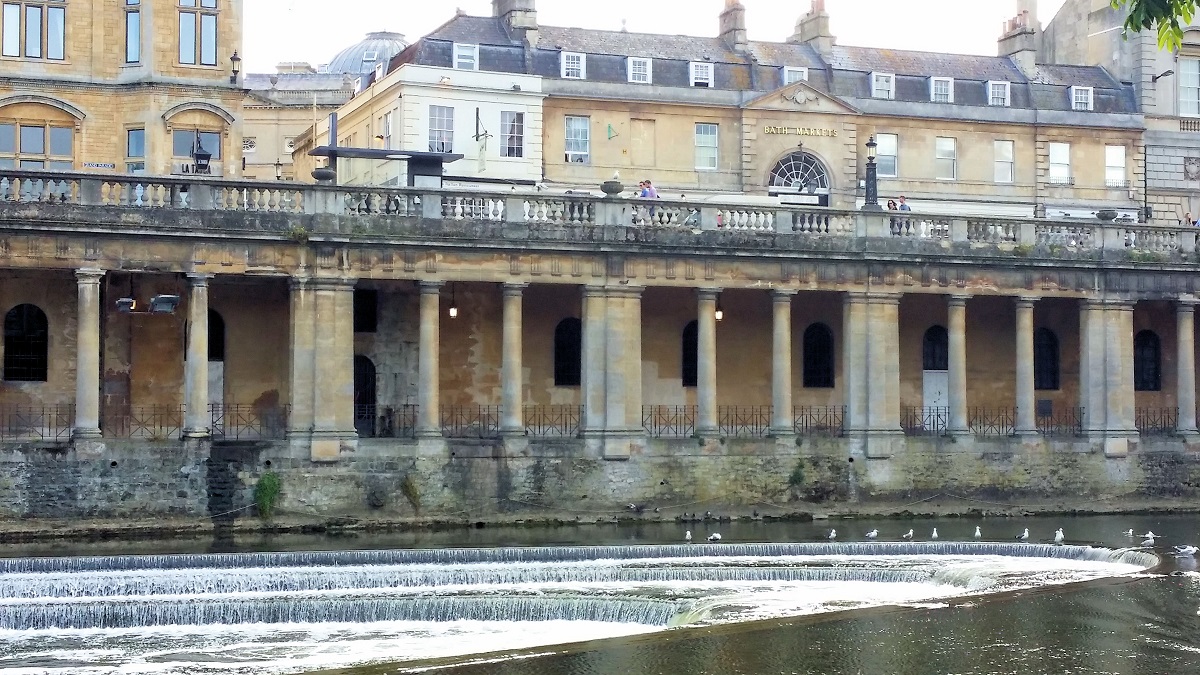
Leaving the river, this time walking northwest, leads one towards some of Bath’s most iconic Georgian architectural landmarks.
The Circus
The first landmark you’ll approach as you walk north is the Circus. Built between 1754 and 1768 the circus is really just a group of houses built in a circle, but it’s pretty and it’s considered a masterpiece of Georgian architecture. The first thing I wanted to know was why it was called the circus. Apparently it’s just called the circus after the Latin meaning of the word, which is simply, ring or circle.
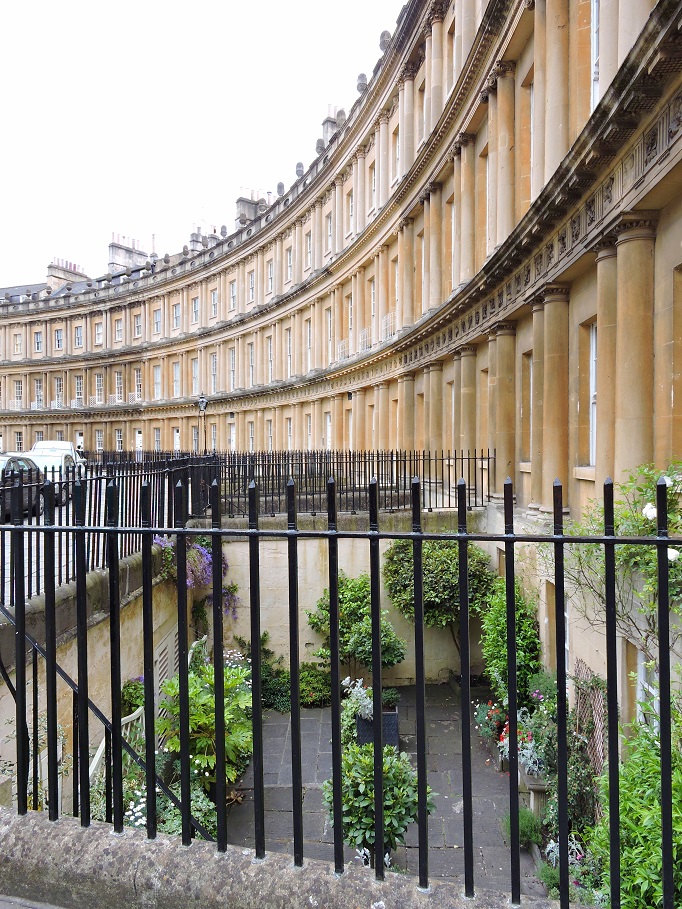
Immediately to the right (east) of the circus one finds the Bath Assembly Rooms.
The Bath Assembly Rooms
(temporarily closed see update below)
The Bath Assembly rooms were built in 1771 as a venue for balls and concerts. The Assembly rooms are open to visitors and one can view the Ballroom, the tea room, the card room and the octagon room. It’s not really a museum though as the rooms are still in use today, for example they can be rented for weddings, etc.. and as such they may not always be open for visiting. The Bath Assembly Rooms were not at all what I had pictured in my mind from reading novels, (like Jane Austin’s Northanger Abbey, for instance.) It was incredibly cool to see the rooms and perhaps because it was so different from what I was expecting, it was really interesting. However, I do wish there had been more information present. There were some signs, but the experience would have benefited a good deal had there been more visual information perhaps in the form of re-creations. A big empty room is hard to connect with and conceptualize.
*News Update*
How Cool Is This? They’re restoring and renovating the building and part of the project will include a new immersive experience for visitors! Apparently there will be eleven different characters whose stories you can follow as they prepare for a Georgian-era ball. Check out the website to learn more: www.nationaltrust.org.uk
Unfortunately the building will be closed for the next two years for the renovations and is not scheduled to re-open until 2027. I hope I get the chance to re-visit when it does.
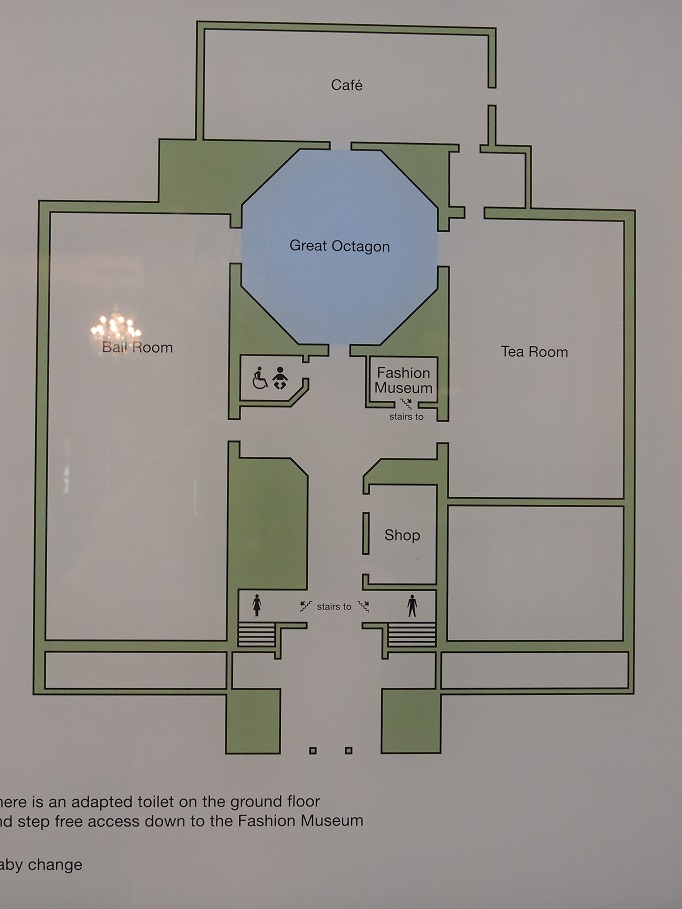
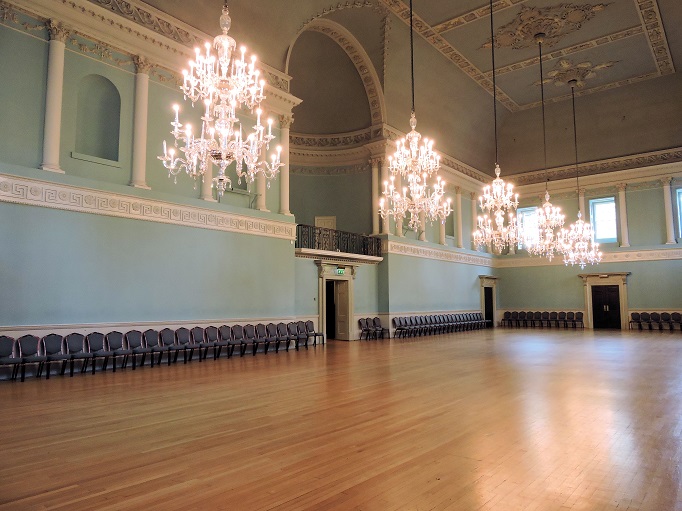
Located in the same building as the Bath Assembly Rooms is the entrance to the Fashion Museum of Bath.
The Fashion Museum of Bath (temporarily closed)
Before you get too excited… because the fashion museum was housed in the same building as the Bath Assembly Rooms it’s also closed and will actually be moving into a new home, the old post office building.
Learn more at: www.fashionmuseum.co.uk This re-location project is projected to take five years and the museum isn’t scheduled to re-open until 2030.
The Fashion Museum of Bath is not your typical perfunctory homage to history. It houses an extensive world class collection of British fashion from the late 16th century to the present day.


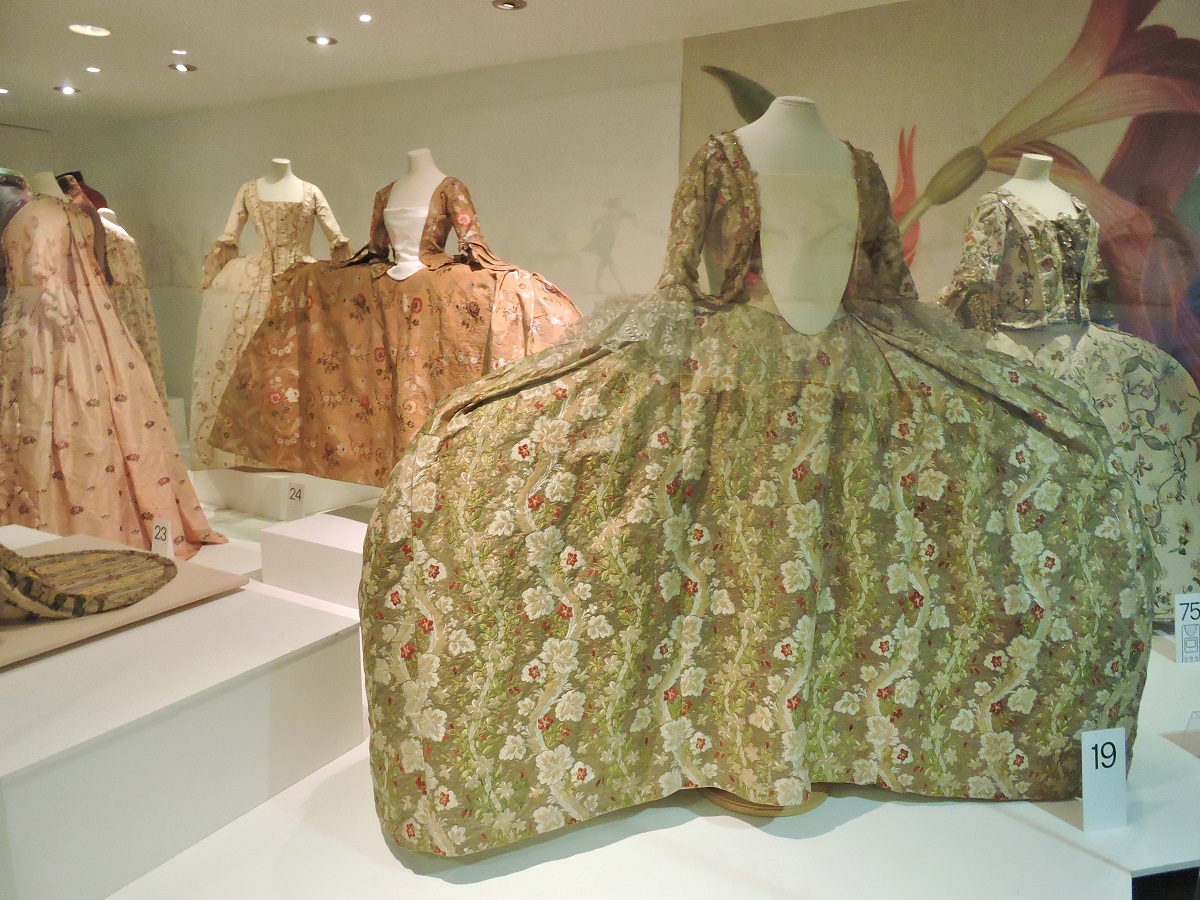
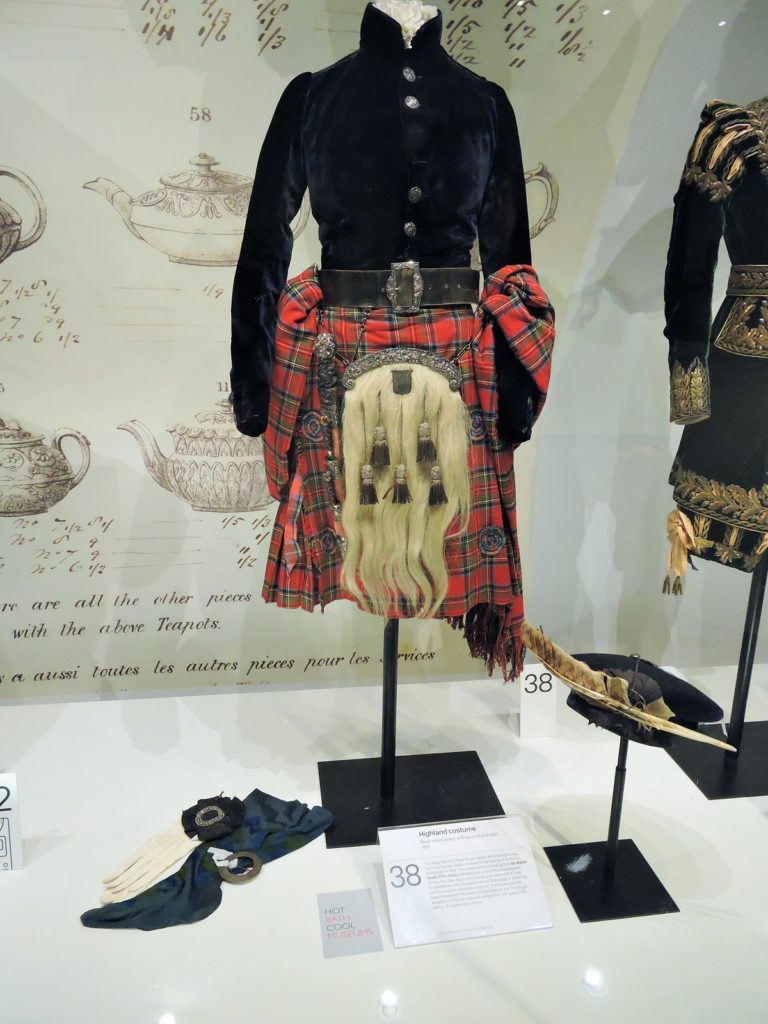
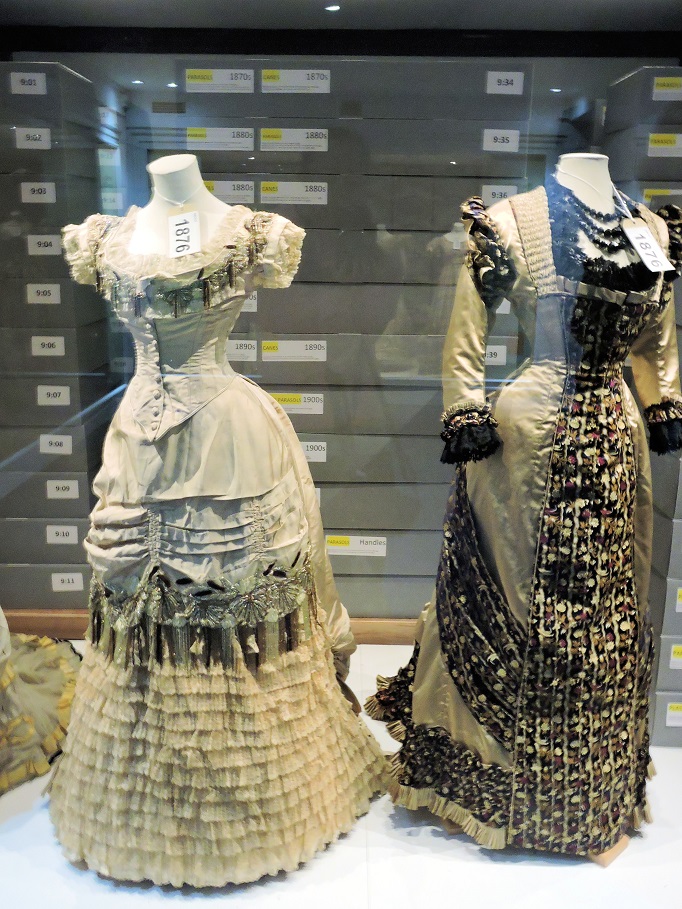
Walking on, if one makes one’s way in the opposite direction, two blocks west of the circus one encounters perhaps the most iconic of all Bath’s architectural landmarks, The Royal Crescent.
The Royal Crescent
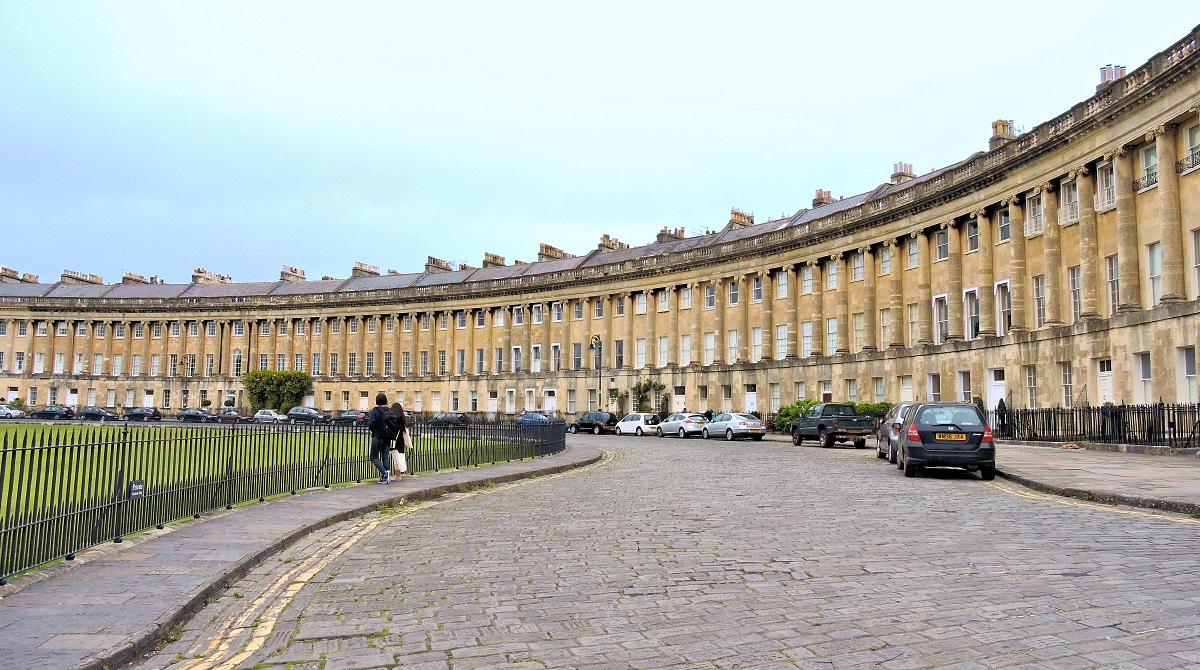
The Royal Crescent built between 1767 and 1774 is comprised of Georgian townhouses in a crescent shaped arrangement. I found the Royal Crescent more striking than the Circus. In addition one is able to interact on a deeper level with the Royal Crescent thanks to the no.1 Royal Crescent Museum.
The no.1 Royal Crescent Museum
The no.1 Royal Crescent Museum furnishes and recreates all the rooms of the residence as they would have been during the period from 1776 to 1796. The museum runs three different immersive experiences with film and sound to bring the house to life and give visitors a better feel for what it would have been like to live there.
Entry is time-slotted in conjunction with the immersive experience, which runs on a timed loop. Tickets can be booked in advance on-line or you can ask for a walk-in slot on arrival. To learn more visit the official website: no1royalcrescent.org.uk
